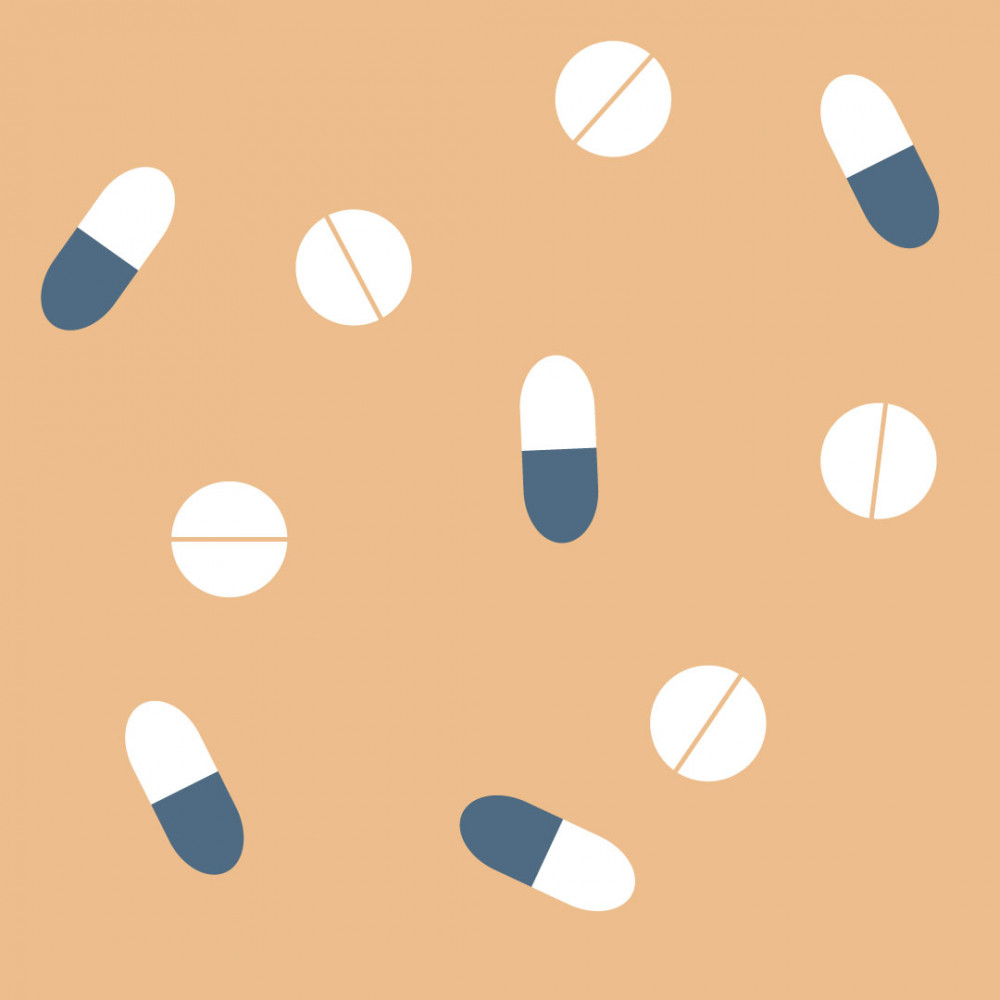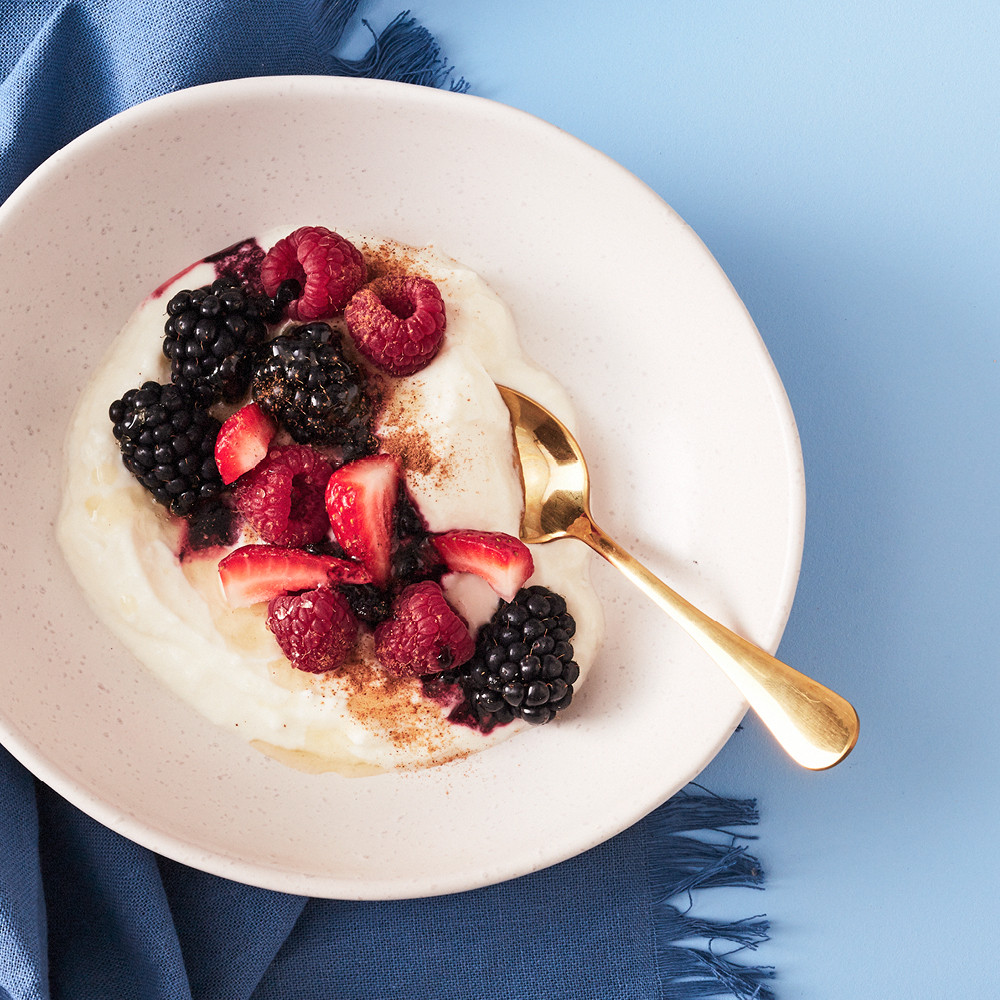Cannabis is the latest drug that’s being marketed as a reliever for period pain. Of course that’s nothing new – medicinal plants have been used by many cultures for thousands of years, and cannabis was first embraced for period cramps in mid 19th century England.
It’s thought that up to 80 per cent of women experience painful periods at some point in their lives. The technical term is dysmenorrhea and for some, the pain can be severe. Over-the-counter non-steroidal anti-inflammatory drugs (NSAIDS), such as Nurofen, Naprogesic and Ponstan, are probably the most effective. For best effect, you need to start taking them a day or so before the pain starts. Once you’re in the swing, most of us will reach for the Panadol. Some people used to swear by the codeine in Panadeine and Nurofen Plus, which you can now only get on prescription. Research suggests just a third of people who take OTC meds for period pain experience significant relief.
So where else is there to turn? Many countries are loosening up their laws around the medicinal use of cannabis in recent years. Canada has allowed it since 2018, and more than 20 states in the US have legislated likewise. In 2016, actor Whoopi Goldberg launched a line of medical marijuana-infused products under the moniker Whoopi & Maya, designed specifically to relieve period pain. The venture folded last year, blaming the ever changing regulatory requirements.
(In Australia, things are also complicated. While it is legal to prescribe medicinal cannabis here, the Therapeutic Goods Administration (TGA) has a full-on set of criteria that you have to meet to be eligible, and your doctor has to justify the reasons and apply on your behalf.) Other drugs that are currently illegal, but were recommended in years gone by include opium, which was a popular solution in the 1850s. That fell out of favour when the (male) medical community concluded that, while it offered temporary relief, it was not in any way curative: women who used it were having way too much fun, and addiction issues ensued.
Cocaine was similarly used to relieve the pain associated with periods and the early stages of labour. A 1917 report in the esteemed British Medical Journal suggested soaking a tampon in a “freshly prepared solution of two per cent cocaine”.
One of the most famous period-specific painkillers of the early 20th century was Lydia E Pinkham’s Vegetable Compound, which listed its ingredients as a number of herbs and roots used by the native American communities. It later came to light that it also included a hefty dose of alcohol, which made it a best seller during the Prohibition years. Widely dismissed as quackery (it inspired the hit single Lily the Pink), it sold its socks off and a version of her preparation is still available today –albeit minus the magic ingredient.





